Author archives: quoderat
It’s been a while, hasn’t it? We’ve not yet perished in a tragic hang-gliding accident, but a few weeks ago we did visit Florida Caverns State Park.
It was quite a drive for us, but it was one of the coolest places we’ve yet visited.
The park itself is a strange mix of Northern flora and Florida-typical habitat, with boulders of limestone everywhere and as the name of the park suggests caves both great and small were abundant. (by quoderat)
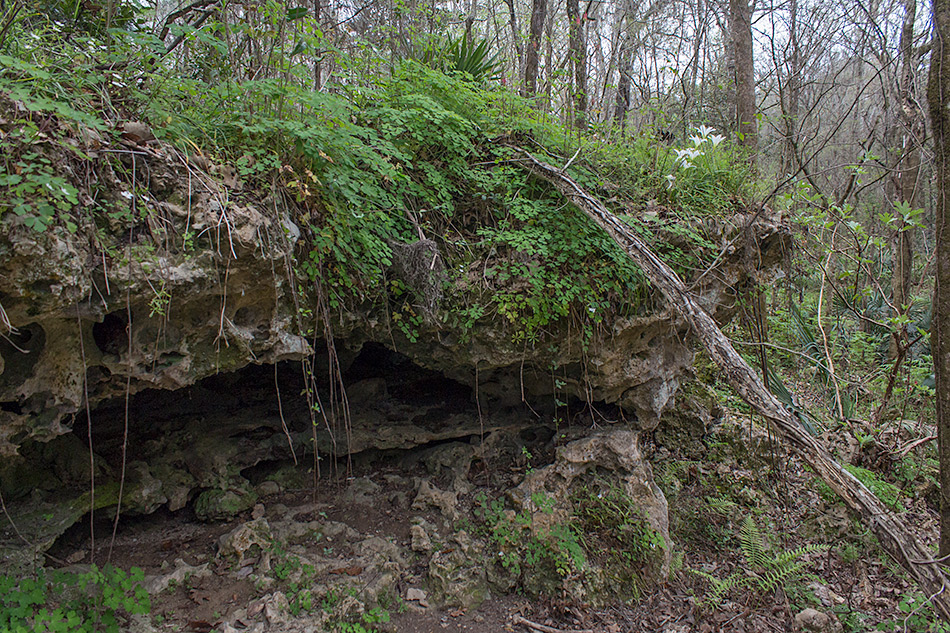
Many species of wildflowers were in full bloom; rain lilies carpeted the forest floor. (by quoderat)

Trillium was also common. (by zanna)
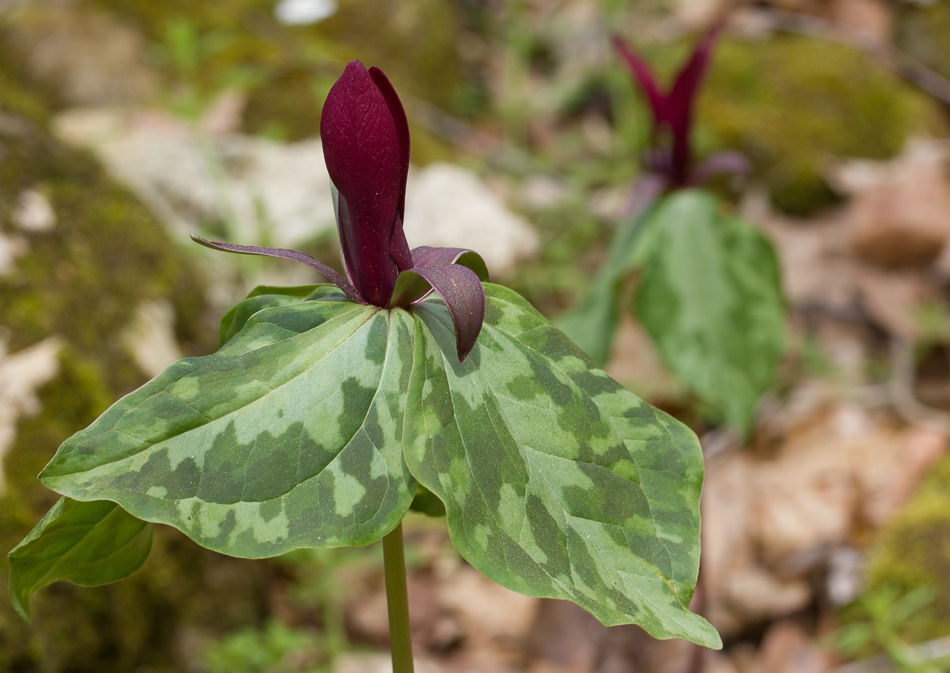
As was columbine. (by zanna)

The official caverns tour was better than we expected it to be. All of the formations were quite impressive, especially considering how long it takes even the smallest stalactite or stalagmite to form. (both photos by quoderat)

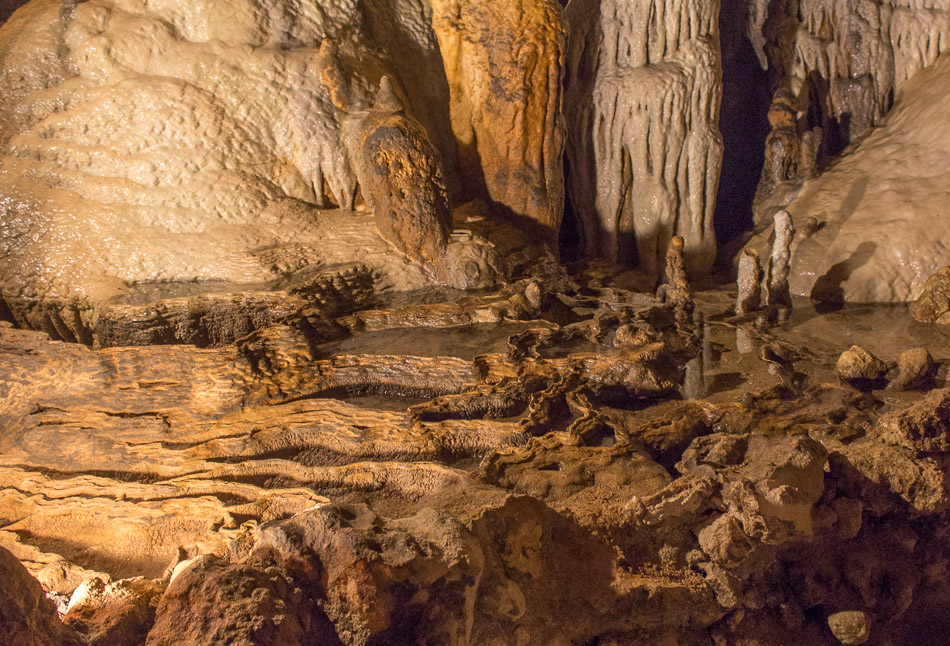
If you want to see birds, you go to Alligator Lake. As usual today we were surrounded by thousands of birds — coots, white pelicans, anhingas, ospreys and so many others — but predominant were the yellow-rumped warblers. In every tree, there were three or four or more of them flitting about.

White pelicans flew overhead, seeking a spot to splash down. These impressive birds are about twice the size of brown pelicans, and are extremely skittish.

When we first arrived, fog blanketed the park but quickly lifted. (fog photo by quoderat, path photo by zanna)


This (lesser?) scaup was also shy, but hung around long enough for a photo. (by quoderat)
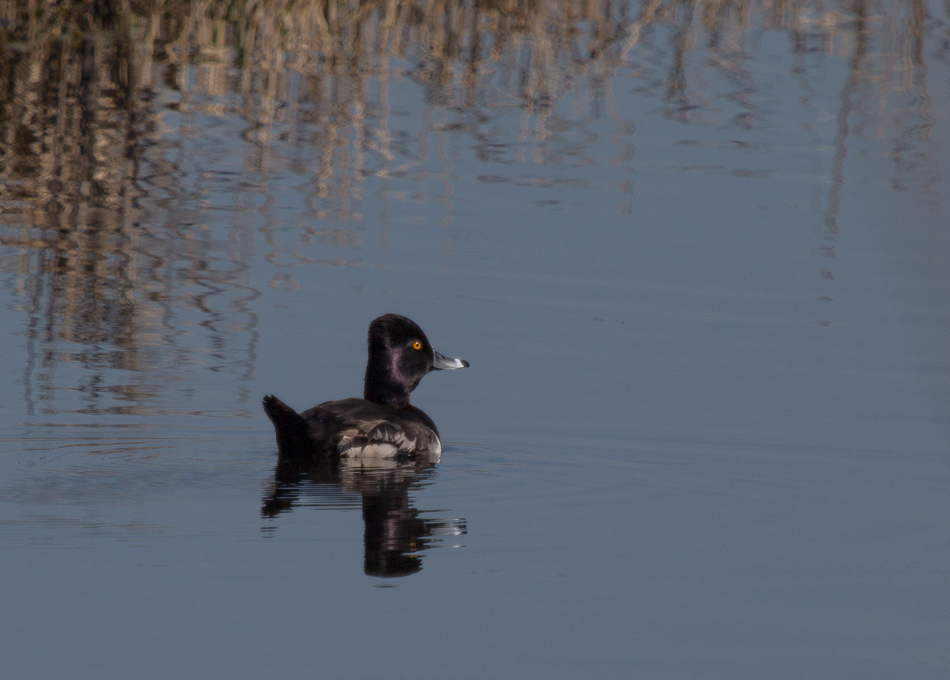
A tree frog attempting to warm up after a cool night. (by quoderat)

This lone glossy ibis foraged in the shallows.

This bird I couldn’t identify, but the photo came out pretty good. (by quoderat)

Today we went to Stephen C. Foster State Park in Georgia. After three days of bad and cold weather, it was pleasant to be outside and in nature again.
The state park is located inside the Okefenokee National Wildlife Refuge. We walked one of the nature trails near the trading post. A large and sleepy barred owl let us get really close. (Photo by quoderat.)
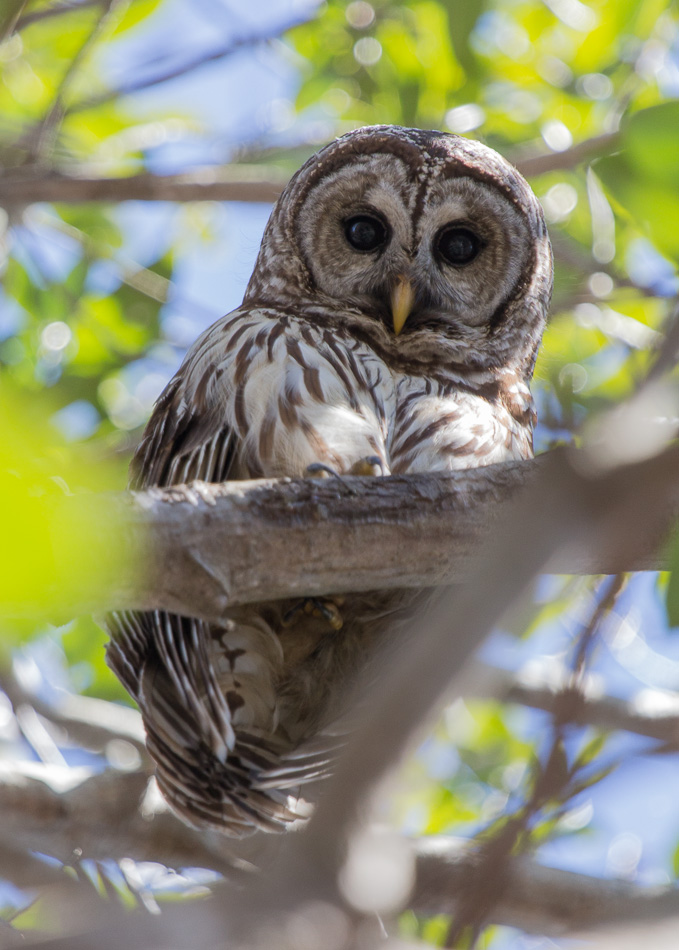
There were many green anoles out to devour the plentiful bugs. (Photo by quoderat.)

Black gums and cypress were the predominant trees on this trail. (Photo by zanna.)
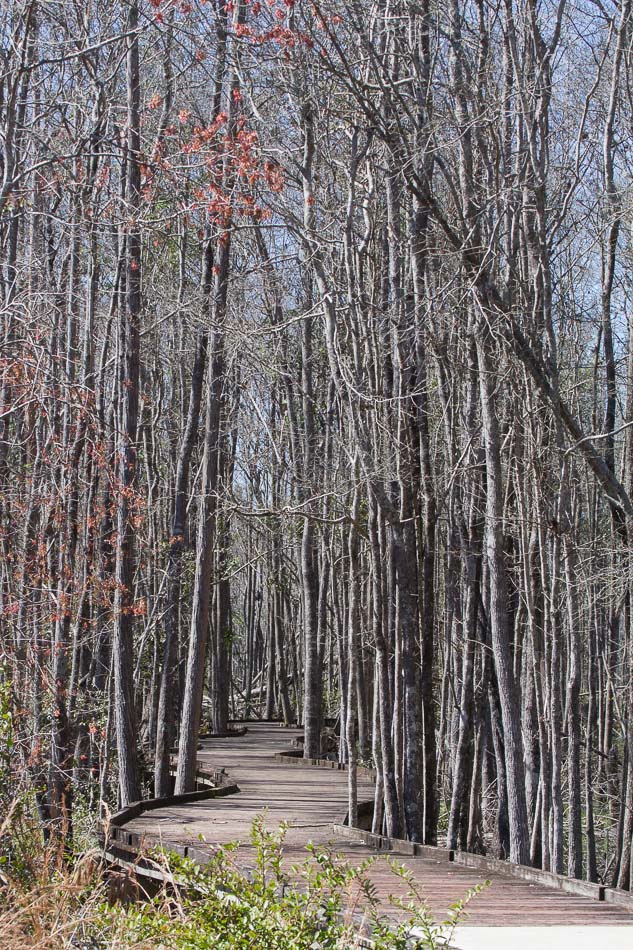
We also watched a small dragonfly (species unknown) just having emerged, leaving the exuvia behind and flying away for the first time.

Savannah was established in 1733, with 114 English colonists led by General James Oglethorpe. The town occupied the site of a Yamacraw Native American village, whose inhabitants moved elsewhere, and served as the colonial capital of the Province of Georgia, the last and most southern of the original 13 British colonies. Originally a privately chartered colony envisioned to be a resettlement location for debters and the “worthy poor” (although few debtors went) and to also be a buffer between Spanish held Florida and British Carolina, the charter forbade alcohol, slavery, and restricted land ownership. Colonists who the Trustees sponsored would get 50 acres of land, and those who paid their own way could bring up to 10 indentured servants and would get up to 500 acres of land, all without the ability to buy or inherit additional acreage. Oglethorpe further designed the layout of the wards of Savannah, centering blocks of private homes and public buildings around common squares, whose design has been preserved to the present day in Savannah’s Historic District. Although the results of Oglethorpe’s plan are appreciated by visitors to Savannah today, at the time the private charter’s restrictions were resented and felt to inhibit growth, and were eventually dropped. Slaves were permitted in 1749.
Noble Jones and his family were original colonists who paid their way, and thus got a 500 acre lot which he named Wormsloe, south of Savannah on the Isle of Hope. There he built a fortified tabby home, with an outer eight foot wall and inner home of five rooms, which he completed in 1745. Tabby is a crude concrete made from shells, sand, lime, and water. Shells were excavated from a nearby Native American midden, although the island was not then inhabited.
At the time, the home was built along the major waterway near Savannah along the Georgia coast, and Jones lead a company of marines who patrolled the Narrows. Dredging and management elsewhere in the 20th century lowered water levels in the tidal marsh to what we see today. (by zanna)

There isn’t much left of the home today, which was abandoned by 1805. Although said to be impressive in the day, those five rooms must have been very small for today’s standards. (outer walls by zanna and tabby by quoderat)


In 1828, the Jones’ descendants built a two story wood home on the property, which they still occupy. In the early 1890’s, they planted over 400 oak trees along the now well known road to the estate. (by quoderat)

The arched entrance was added in 1913. (by zanna)

References:
Wormsloe Historic Site brochure
http://en.wikipedia.org/wiki/Province_of_Georgia
http://en.wikipedia.org/wiki/James_Oglethorpe
Today on the spur of the moment we decided to visit Little Talbot Island State Park. Even though it’s called “Little” Talbot Island, its sister state park, Big Talbot Island, is actually smaller due to erosion.
Due to the cool weather, the area of the state park near the beach swirled sepulchrally with fog, enveloping the beach and immediate environs in a veil that felt much unlike Florida. Rather Lovecraftian, really, though we saw no Old Ones clambering from the undulating mist. (Photo by quoderat.)

The foredunes looked like a desert. (Photo by zanna.)

The beach and surf strewn with shells and wreathed in fog. (Photo by quoderat.)
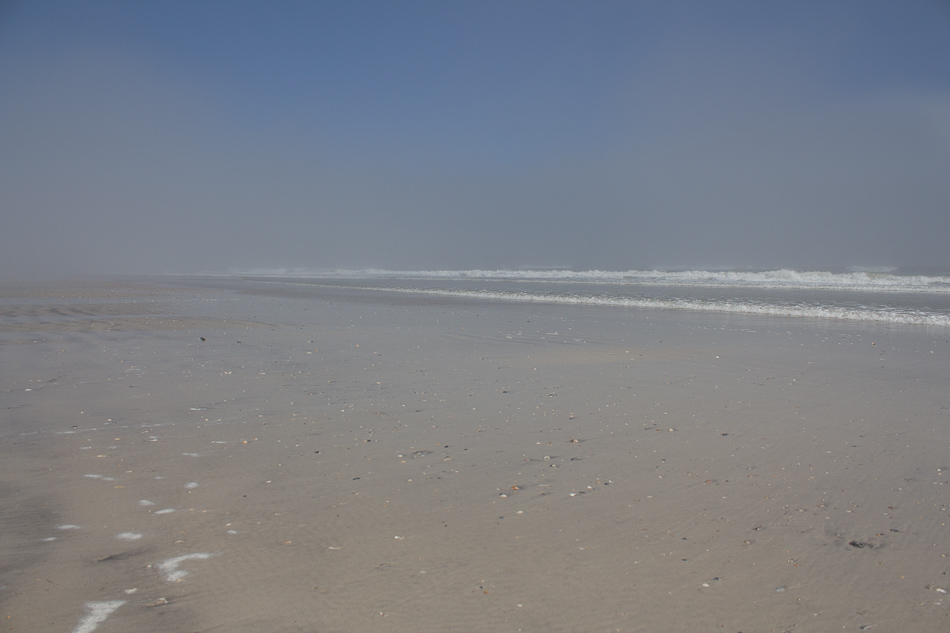
Some parts of the beach had thousands of shells, which is unusual on the Atlantic coast. (Photo by quoderat.)
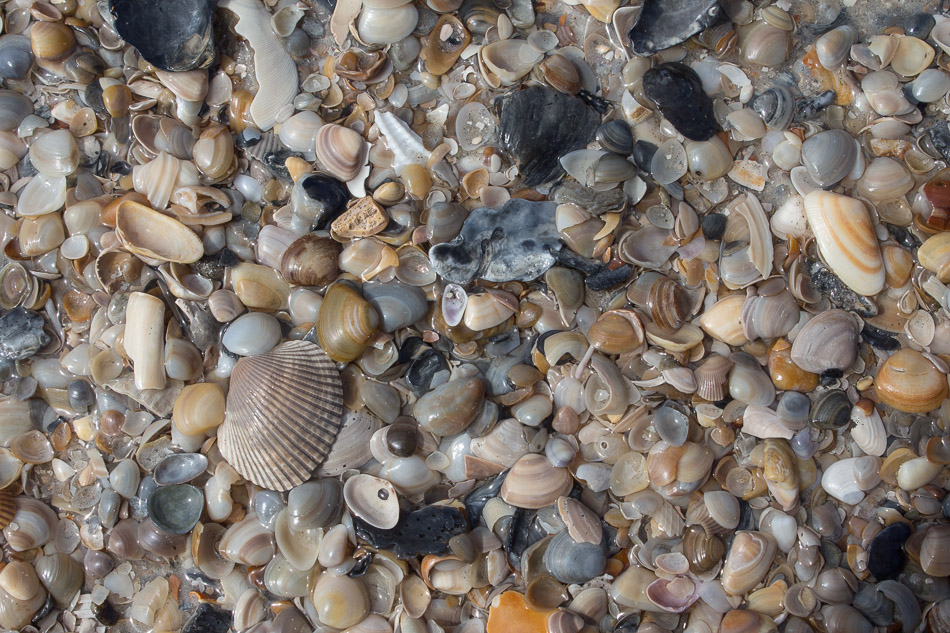
The various strata of the beach’s retreat and advance seen in a wordless tale told in literal earth-tones. (Photo by zanna.)

We believe this is a species of prickly pear, but it’s strangely difficult to find any information about these plants. (Photo by quoderat.)
